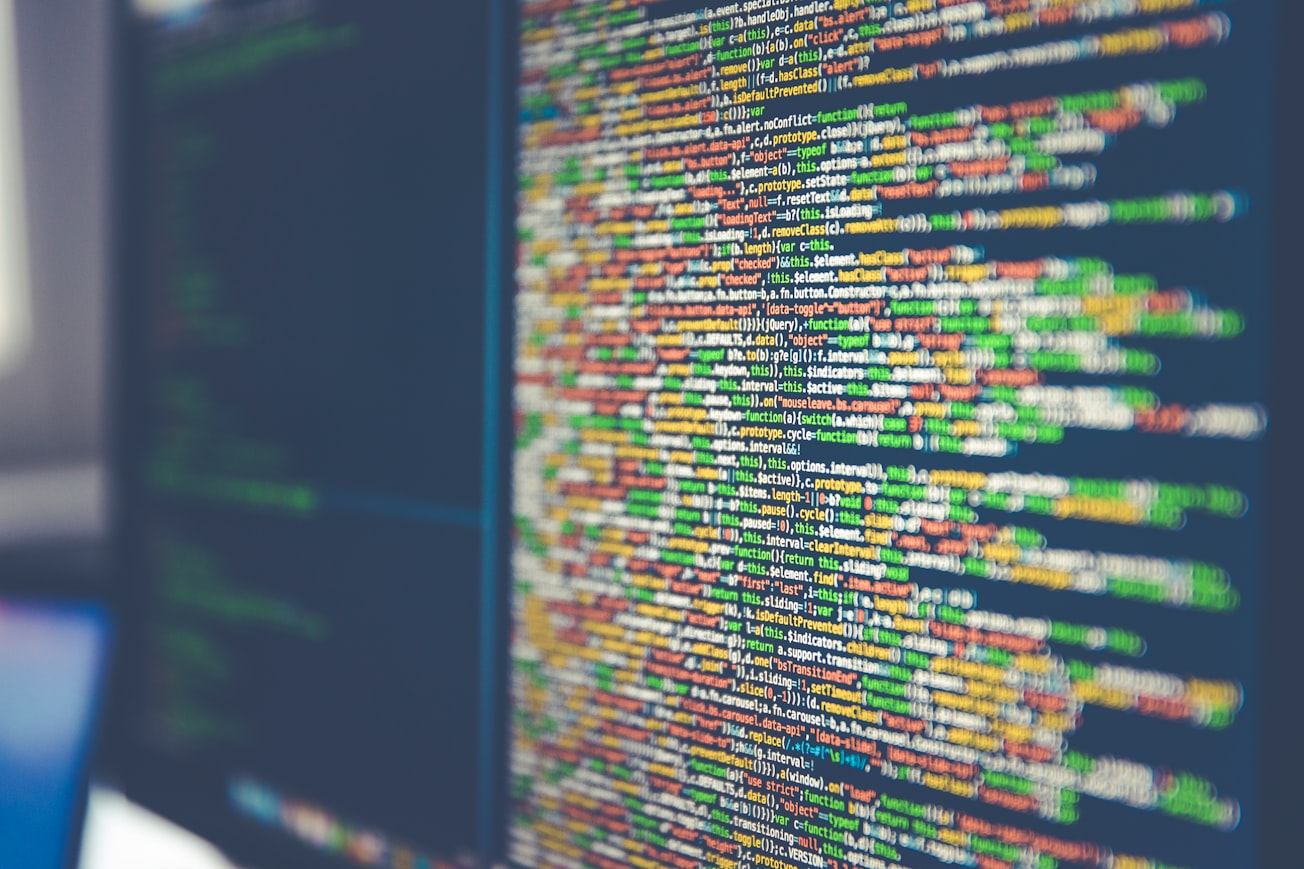What is it about?
It introduces a machine learning approach to analyze complex X-ray Laue patterns on the fly.
Featured Image

Photo by Markus Spiske on Unsplash
Why is it important?
Grain morphology, textures and crystal structures are the most important structure factors, which directly determine the properties of solid materials. By state-of-art synchrotron X-ray microdiffraction, all these three characteristics can be measured simultaneously. However, the analysis of tens of thousands of Laue patterns is quite time consuming, sometime is impossible for unknown crystals. We developed a machine learning approach that can generate an orientation map from a set of Laue scans without knowing the crystal structure and indexing information.
Perspectives
X-ray microdiffraction is a powerful experimental tool to study the microstructure-property relation of solid materials, however the data analysis is quite complicated and sometimes is time consuming. We developed a machine learning method for it independent of indexing procedure. It doesn't require crystallographic information as the input. The model is derived by CNN using 50,000 training patterns from different solid materials with various textures. It immensely speeds up the analysis of Laue microdiffraction by a large margin.
Xian Chen
Hong Kong University of Science and Technology
Read the Original
This page is a summary of: Data-driven approach for synchrotron X-ray Laue microdiffraction scan analysis, Acta Crystallographica Section A Foundations and Advances, October 2019, International Union of Crystallography,
DOI: 10.1107/s2053273319012804.
You can read the full text:
Contributors
The following have contributed to this page










